3 Things to Know About Wildfire Risk and Property Claims
If the more than 400 fires that swept through Canada this year have shown us anything, it’s that areas throughout the United States are vulnerable to wildfire impacts – even if they aren’t near the blaze. This makes it critical that adjusters understand wildfire risks to policyholders nationwide, including smoke or fire damage to their homes and property items like HVAC systems.
Wildfires are a threat to more policyholders, and losses from them require investigation.
1. It’s Not Just a Western Problem – and the Risk Is Increasing
The fact that California had more than double the number of fires and acres burned than any other state in 2021 shouldn’t overshadow how prevalent these events are in other parts of the country. Wildfires can affect the United States coast to coast. In 2021, Texas, North Carolina, Montana, and Florida rounded out the top 5 states for most wildfires. That same year Oregon, Montana, Washington, and Arizona had the most acres burned after California. Among the characteristics that impact whether a property is susceptible to fire are nearby vegetation and fallen timber, building materials and age, and weather conditions.
A variety of characteristics make properties more vulnerable to wildfires.
Another concern adjusters should consider is the increased proximity of residents to fire-prone areas. A study from the University of Wisconsin-Madison and the U.S. Forest Service proved that millions more people live in areas that are at risk to be in a wildfire’s path than previously. Property and data analytics company CoreLogic also reported that California had nearly 1.3 million housing units in danger of extreme wildfires, followed by Florida and Texas for most homes threatened as of 2022.
That makes wildfires – and the losses to homes and businesses that come from them – a risk to more policyholders. While many insurance policies cover fire damage to structures and personal property, wildfires may be an exception in high-risk areas. It’s essential for adjusters to know what is covered by an insured’s policy and to have an expert verify cause of loss before any settlement decisions are made.
2. Wind And Smoke Contribute To Loss Risks
A fire’s impacts can range from singe marks that affect only aesthetics to total devastation. But the flames are only a portion of the concern when it comes to wildfires.
Wind can spread the fire to larger areas by giving it the fuel it needs to keep burning or by picking up embers and taking them to nearby properties and vegetation. This contributes to new fires or heat exposures, according to a report by the Insurance Institute for Business and Home Safety.
Smoke drifting to properties away from a fire may cause losses.
Furthermore, wind patterns can influence areas that are nowhere near the source, including hundreds to thousands of miles from the fire location. While it’s not clear yet how many claims will come from the Canada wildfires due to smoke, policyholders throughout the Northeast could see, smell, and feel the smoke and ash that was carried by the wind in and around their properties. Smoke impacts include structural damages and losses to indoor and outdoor equipment such as HVAC systems and electronics.
The number of fires taking place and the risk to more policyholders may have adjusters thinking they should prepare themselves to immediately settle whatever wildfire-related claim comes in, but that isn’t the case.
3. Expert Assessment Is Key to Accurate Claim Resolutions
While wildfires can be potentially catastrophic for homes directly in their path, the same can’t be said for property farther away. Cleaning or repairs may be all that’s needed to return policyholders to pre-loss condition, and experts can determine scope of loss to help adjusters know how to proceed with the claim.
For example, many HVAC systems can be returned to pre-loss condition by a repair. The simplest resolution is safely washing soot and ash from the condenser coils in a way that doesn’t cause damage. When the air handling unit is running during the event, more repairs may be required such as cleaning smoke from the ductwork or evaporator coils. Individual components or the entire condensing unit may require replacement in extreme wildfire cases, but these are still considered a repair.
Property assessment experts will provide objective inspections to determine how much of the system was compromised or if repair costs or other extenuating circumstances, such as updated efficiency standards, would require a full system replacement. However, these scenarios are less likely than a repair.
This HVAC system had reported smoke and fire damage, but an expert assessment determined the failures were caused by wear and tear.
In addition to scope of damage, property experts can verify cause of loss. Investigations often determine equipment was damaged by another peril, including wear and tear, or that it was working properly at the time of assessment. According to the HVACi 2022 Annual Claims Report, 9% of assessed HVAC and refrigeration equipment was reported as having smoke and fire damage while only 6% of all equipment had verified failures from this peril.
Whether a fire-related loss occurs in California, Texas, Florida, or another part of the country, don’t risk settling a claim inaccurately. Alpine Intel and its suite of services, including HVAC and refrigeration investigators HVACi, can provide expert property assessments to determine cause of loss and scope of damage to give carriers what they need to confidently and accurately settle a claim. Submit an assignment to confirm these details before making a settlement decision.


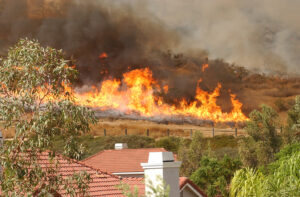
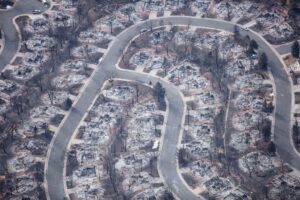
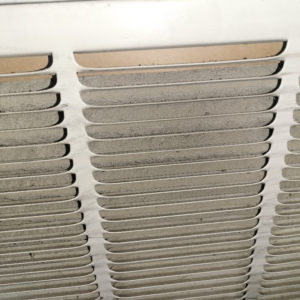
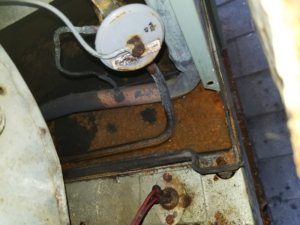
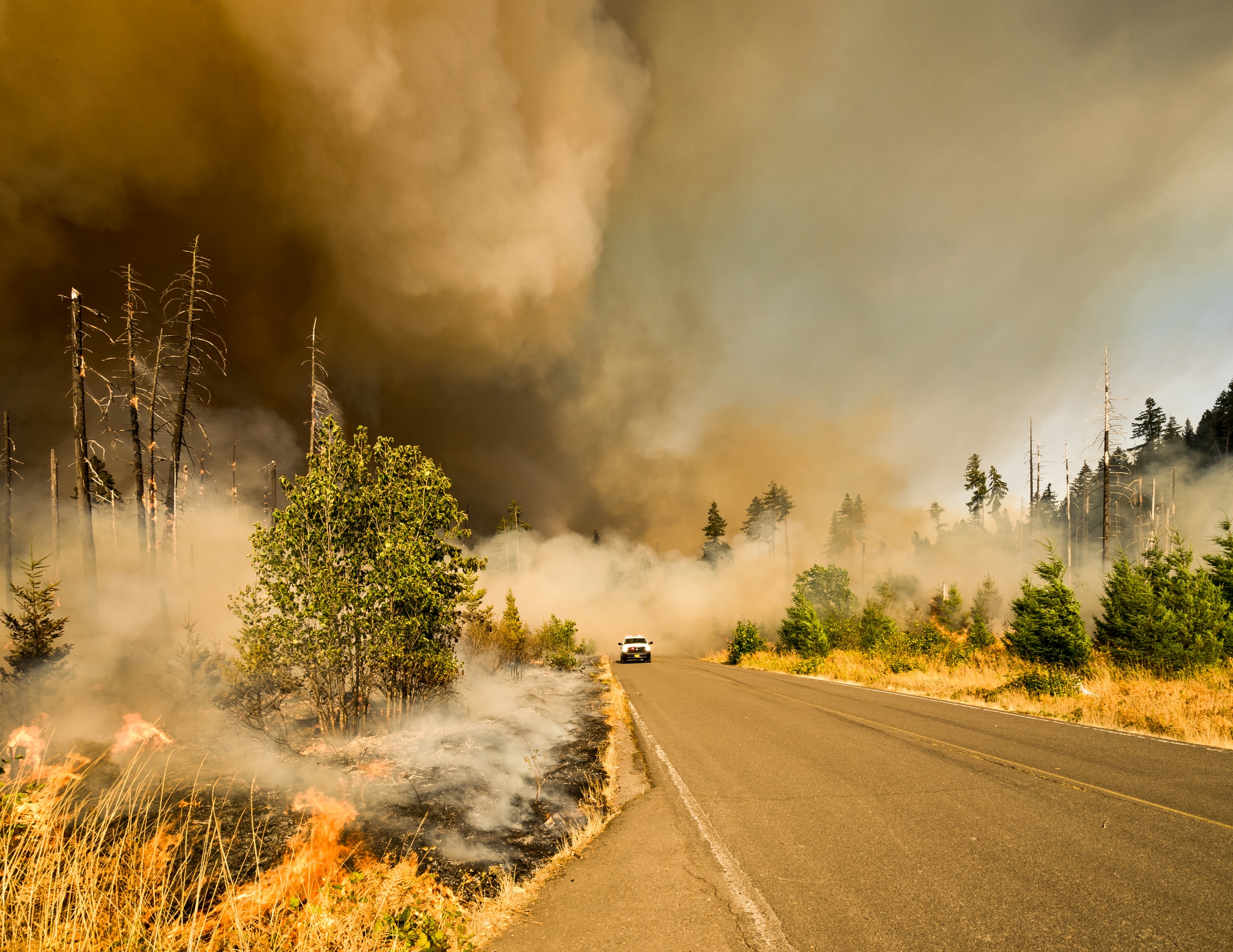 Smoke and ash are just as damaging to HVAC systems as flames. Wildfires along Big Fall Creek Road, Lowell, Oregon. (Photo: Marcus Kauffman/CC BY 4.0)
Smoke and ash are just as damaging to HVAC systems as flames. Wildfires along Big Fall Creek Road, Lowell, Oregon. (Photo: Marcus Kauffman/CC BY 4.0)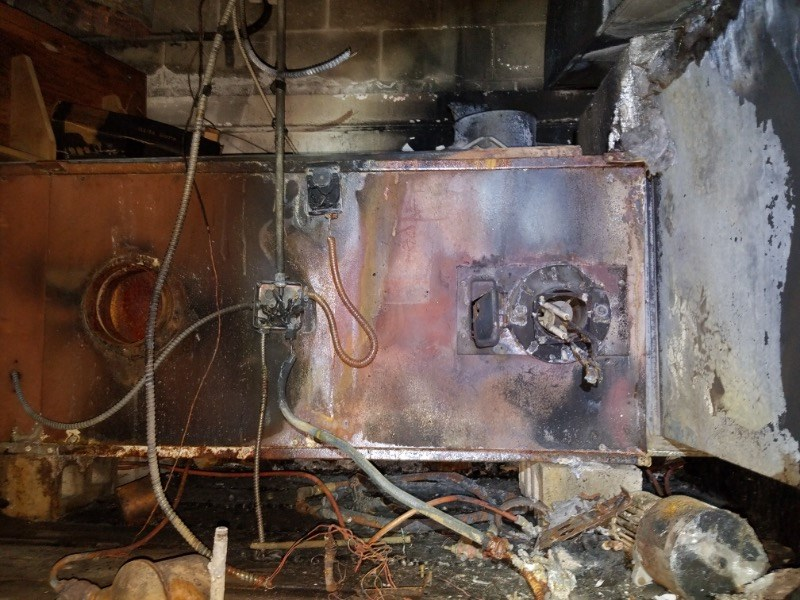 Direct fire causes major damage to components, as seen by this burned commercial furnace.
Direct fire causes major damage to components, as seen by this burned commercial furnace.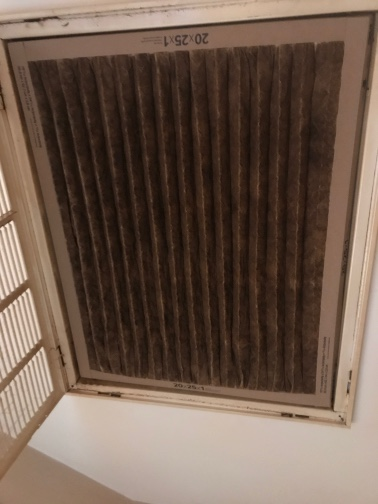 Dirty filters are a common side effect of a nearby fire, but filters are easily replaceable without needing any other major repairs.
Dirty filters are a common side effect of a nearby fire, but filters are easily replaceable without needing any other major repairs. 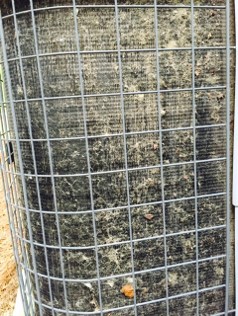 Dirty coils don’t always need to be replaced and can sometimes be cleaned with solvents designed specifically for cleaning coils.
Dirty coils don’t always need to be replaced and can sometimes be cleaned with solvents designed specifically for cleaning coils.